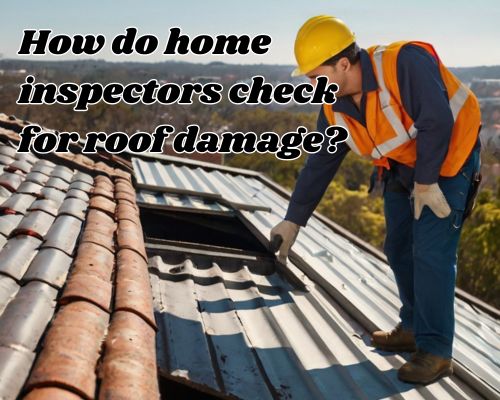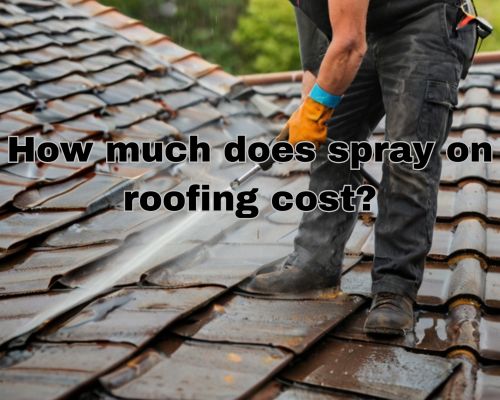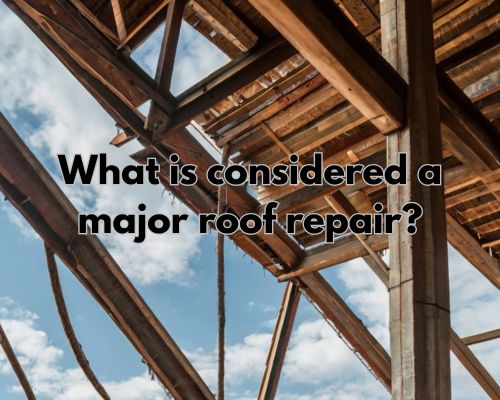When buying or selling a home in New Jersey, a thorough home inspection is crucial—especially when it comes to evaluating the roof. Roof damage can lead to costly repairs and even compromise the structural integrity of the property. To ensure you’re making an informed decision, understanding how home inspectors check for roof damage can offer valuable insights.

The Importance of Roof Inspections in New Jersey
New Jersey’s diverse climate, ranging from heavy snowfall in winter to tropical storms in summer, can take a toll on roofs. The region’s weather fluctuations make regular roof inspections essential to identifying damage caused by ice dams, high winds, or persistent humidity. Home inspectors play a pivotal role in uncovering potential issues that could impact a home’s value or safety.
Steps Home Inspectors Take to Check for Roof Damage
1. Exterior Visual Assessment
The first step in inspecting a roof is a visual examination from the ground. Inspectors look for:
- Missing or damaged shingles: Shingles that are curled, cracked, or missing can indicate wear and tear or storm damage.
- Sagging areas: These may point to structural issues caused by water damage or weakened support beams.
- Moss or algae growth: Common in New Jersey’s humid environment, moss and algae can degrade roofing materials.
- Gutters and downspouts: Inspectors check for debris buildup, corrosion, or detached sections that might impact water drainage.
2. On-Roof Inspection
When safe and feasible, inspectors will climb onto the roof to conduct a closer examination. Key areas of focus include:
- Shingle granule loss: Excessive granules in gutters indicate aging shingles.
- Flashing: Inspectors evaluate the metal strips around chimneys, vents, and skylights for rust, gaps, or improper installation.
- Soft spots: Walking on the roof helps detect areas weakened by moisture, signaling potential rot beneath.
3. Inspection of Roof Penetrations
Roof penetrations like chimneys, vents, and skylights are common points of water intrusion. Home inspectors carefully examine these areas for:
- Cracked or deteriorated seals
- Signs of water stains or leaks
- Improper flashing installation
4. Attic Evaluation
A comprehensive roof inspection isn’t complete without assessing the attic. Inspectors check for:
- Water stains on the ceiling or rafters: These indicate leaks or condensation issues.
- Adequate ventilation: Proper airflow prevents moisture buildup, which can lead to mold and mildew.
- Insulation condition: Damaged or insufficient insulation can exacerbate roof-related problems.
For professional work, visit CJ Commercial Roofing NJ.
Common Roof Issues Found in New Jersey Homes
1. Ice Dams
During the colder months, New Jersey homes often face ice dams. These form when snow on the roof melts and refreezes at the edges, leading to water pooling and seeping under shingles.
2. Wind Damage
Strong winds from storms or hurricanes can lift shingles or even strip them away entirely. This is a frequent issue in coastal areas like Atlantic City or Cape May.
3. Age-Related Wear and Tear
Many homes in older communities, such as Morristown or Princeton, have roofs nearing the end of their lifespan. Aging roofs are prone to cracking, leaks, and shingle loss.
4. Moisture and Mold
The humid summers in New Jersey often lead to moisture buildup, fostering mold and mildew growth. This is particularly prevalent in shaded areas or homes surrounded by dense foliage.
The Role of Advanced Tools in Roof Inspections
Modern home inspectors in New Jersey often use advanced tools to enhance the accuracy of their assessments. These include:
- Drones: Drones provide a bird’s-eye view of the roof, making it easier to spot damage in hard-to-reach areas.
- Infrared cameras: Thermal imaging detects hidden moisture or heat loss that could signal leaks or insulation issues.
- Moisture meters: These tools measure the moisture content in roofing materials, pinpointing areas at risk for rot or mold.
For more, see CJ Commercial Roofing NJ.
What Homeowners Should Know
1. Frequency of Roof Inspections
In New Jersey, experts recommend inspecting your roof at least twice a year—once in spring and again in fall. Additionally, inspections should follow severe weather events, such as hailstorms or hurricanes.
2. Choosing a Qualified Home Inspector
Ensure your inspector is licensed and experienced in New Jersey’s specific roofing challenges. Look for certifications from organizations like the American Society of Home Inspectors (ASHI) or the International Association of Certified Home Inspectors (InterNACHI).
3. Proactive Maintenance
Addressing minor issues promptly can prevent costly repairs. For instance, replacing a few shingles after a storm can save thousands in potential water damage.
Conclusion
Understanding how home inspectors check for roof damage is essential for anyone buying or selling property in New Jersey. From visual assessments to advanced diagnostic tools, these professionals ensure your roof remains in optimal condition despite the state’s challenging weather conditions. Regular inspections, combined with proactive maintenance, are the keys to protecting your investment and ensuring the safety of your home.

